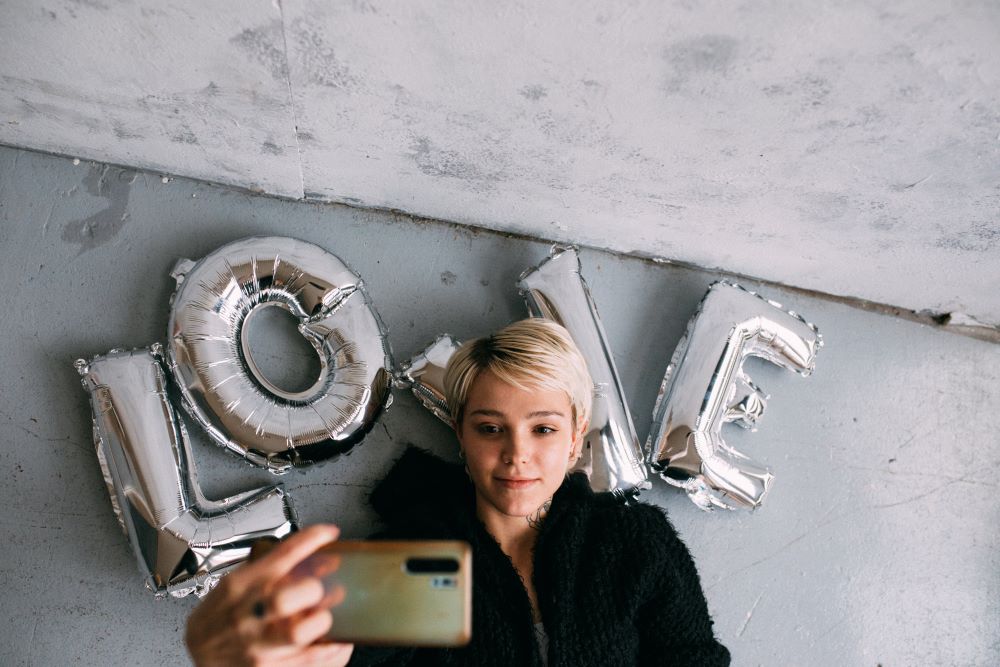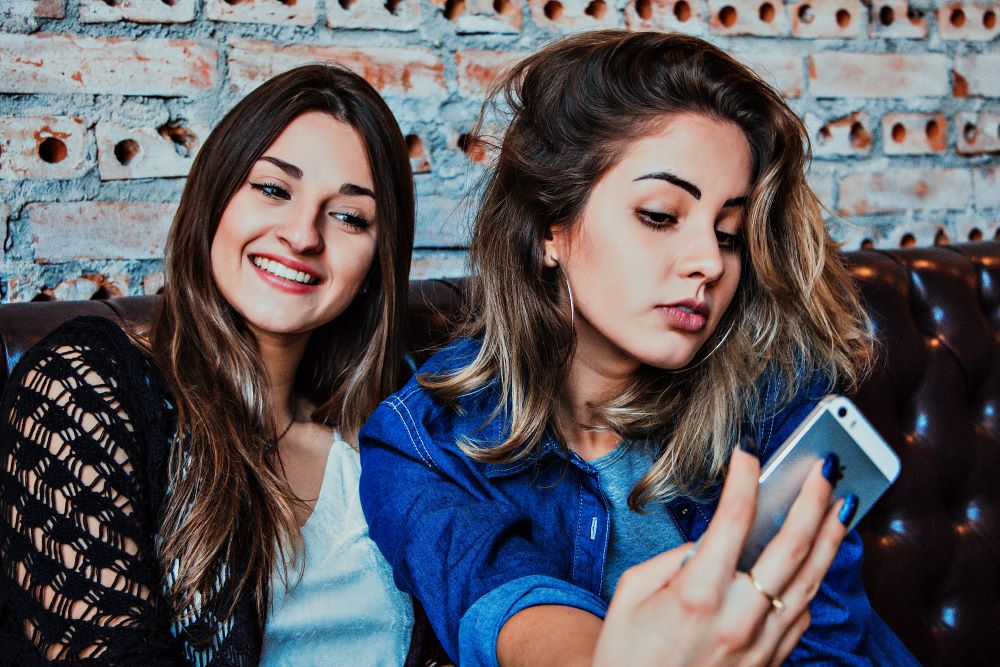Serious injuries, and even death, while taking a selfie are no longer a rare, health advocates say.
There wouldn’t seem, on the surface, to be anything notably wrong with taking selfies from time to time. Sure, some people might look at others a bit funny when smiling for their own camera, but otherwise, what’s the harm? Well, as it turns out, there may be significant harm when proper care isn’t taken while snapping one of these photos.
Serious injuries, and even death, while taking a selfie are no longer a rare occurrence. In fact, it has happened so often that it is now being seen as a public health problem that warrants further research and safety messaging to help people understand the dangers that exist.
There is a pattern among selfie injuries and deaths that seems to isolate the most likely to be harmed and the riskiest locations for such accidents. Primarily, those who are killed while taking a selfie tend to be younger people – often in their early 20s – and it happens more to females than males. These demographics do line up pretty well with the general use profiles of those on social media, and often these kinds of selfies are taken with an underlying motivation to post them on digital platforms.
As for the locations where such accidents usually take place, they are often elevated bluffs or cliffs overlooking water. If the individual taking a selfie gets too close to the edge or finds themselves in a precarious position trying to pose on top of a fence or wall, it only takes a momentary loss of balance to wind up in grave danger. Also, these kinds of exposed locations are prone to high winds, which can be another factor that leads to a loss of control.

One of the challenges that researchers face when looking into this matter is the fact that coroners don’t list the cause of death as being inflicted by a failed selfie. It might be recorded simply as a “fall” or “accident”, but the real story could be more nuanced. Only through further investigation can researchers sometimes get to the truth, but it seems sure that more people are getting hurt or killed in this manner than what has been properly tracked.
Without good data, it can be difficult to drum up support for preventive measures that may be able to save lives. Things like signs that warn of the risks of taking selfies in certain locations, or higher barriers to prevent falls, could go a long way toward making such events far less likely to occur.
Ultimately, it is going to fall on each individual to act in a way that prevents them from winding up in a dangerous position. The act of taking a selfie is inherently distracting, like so many other things that are done on a smartphone. If someone is going to take a picture in a location that is potentially dangerous, hopefully they will learn from those who have gone before, and they’ll back up a step or two in order to do so safely.
Sources:
Selfie-Related Incidents: Narrative Review and Media Content Analysis


Join the conversation!